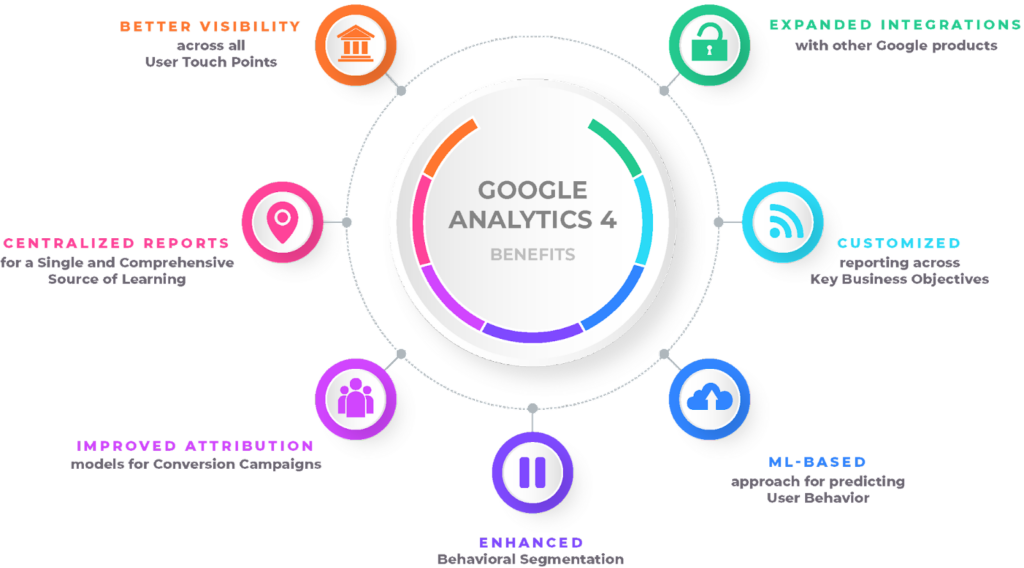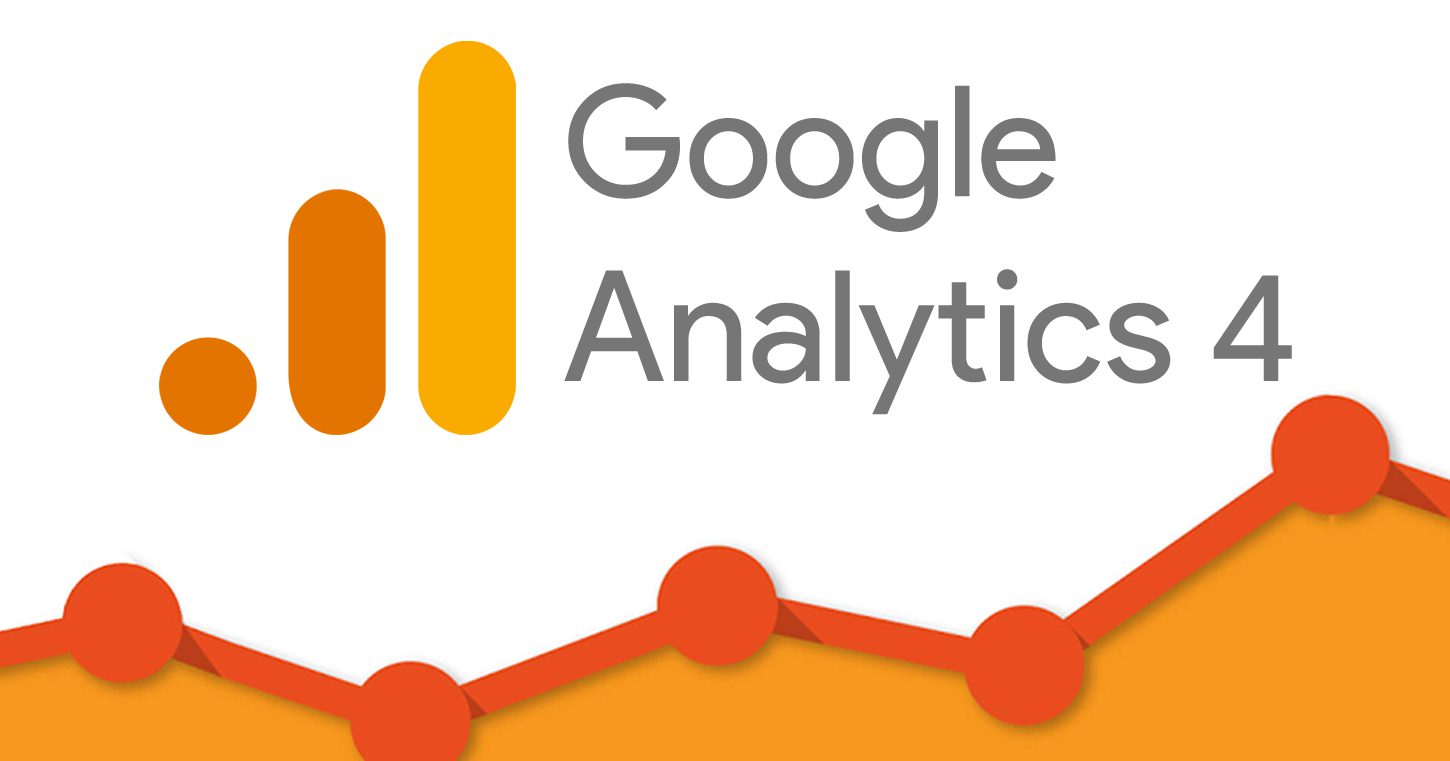When Does the Google Analytics Tracking Code Send an Event Hit to Analytics? Timing and Ideal Practices Explained
When Does the Google Analytics Tracking Code Send an Event Hit to Analytics? Timing and Ideal Practices Explained
Blog Article
Enhance Your Search Engine Optimization Technique With Effective Google Analytics Monitoring Code
Incorporating Google Analytics tracking code right into your Search engine optimization strategy is an essential action towards achieving measurable outcomes. What specific techniques can you embrace to maximize the impact of this data on your SEO initiatives?

Comprehending Google Analytics Basics
To properly take advantage of Google Analytics for Search Engine Optimization, it is crucial to comprehend its foundational principles. Google Analytics functions as an effective tool for monitoring and assessing web site web traffic, supplying insights that are important for optimizing internet search engine performance. At its core, the system makes it possible for customers to keep track of individual actions, website traffic sources, and essential efficiency indications (KPIs) such as bounce rates and session durations.
Knowledge with the user interface is important. The Target market area gives demographic understandings, helping to customize web content to target customers effectively.
Comprehending metrics such as organic website traffic volumes and conversion rates is critical for evaluating SEO effectiveness. Eventually, grasping these basics allows digital marketing experts to harness the complete possibility of Google Analytics, driving educated choices that boost overall SEO strategies. By establishing a strong structure, organizations can properly assess their efficiency and recognize possibilities for renovation in their on the internet existence.
Setting Up Tracking Code
Correctly setting up the monitoring code is critical for exact data collection in Google Analytics. The initial step includes creating a Google Analytics account and residential or commercial property, where you will receive an unique tracking ID. This ID is vital for connecting your site's data to your Google Analytics account.
As soon as you have your monitoring ID, integrate the tracking code bit into your internet site's HTML. This is commonly put in the header section of each web page to ensure it lots early in the web page rendering procedure. If you're utilizing a Content Monitoring System (CMS) like WordPress, lots of plugins simplify this procedure, enabling you to include the monitoring code without straight HTML modifying.
After applying the monitoring code, it is important to evaluate its capability. You can utilize the Google Tag Assistant device to confirm if the tracking code is appropriately set up and functioning. In addition, keep track of the real-time coverage feature in Google Analytics to confirm that data is being accumulated correctly.
Making certain that the tracking code is effectively set up lays the structure for effective information evaluation, enabling you to make educated choices to enhance your SEO strategy and general internet site performance.
Secret Metrics to Display
Identifying essential metrics to check is necessary for recognizing the effectiveness of your search engine optimization approach through Google Analytics. By focusing on certain information factors, you can evaluate the effect of your optimization initiatives and make educated choices to enhance efficiency.
One of the main metrics to track is natural website traffic, which indicates the number of visitors getting to your site with internet search engine. This statistics reflects the overall health of your SEO technique. Next off, check the bounce price, which reveals the original source the percent of site visitors that leave your website after viewing just one page. A high bounce rate may indicate that your content is not satisfying individual expectations or that your landing pages need enhancement.
In addition, take into consideration tracking conversion prices, as these metrics disclose how well your site meets its organization purposes, such as producing leads or sales. Keyword phrase rankings are also essential; monitoring adjustments in keyword placements aids evaluate the performance of your targeted search engine optimization efforts. Lastly, assess the ordinary session period, which shows customer interaction and content importance. By carefully following these key metrics, you can acquire important insights right into your search engine optimization strategy's efficiency and determine locations for enhancement.
Analyzing Individual Actions
Recognizing user behavior is important for improving your Search engine optimization strategy and taking full advantage of website efficiency. Google Analytics provides a wealth of data on user engagement metrics, such as bounce rates, time on website, and page views per session.
Additionally, tracking user flow can reveal common navigation courses, highlighting potential bottlenecks or locations for renovation. Understanding the demographics, interests, and geographical areas of your site visitors enables more customized web content that talks to their demands. Making use of division attributes in Google Analytics even more enhances your ability to analyze user actions by permitting you to compare different target market teams.
Additionally, checking conversion prices and individual actions can give understandings right into the efficiency of your calls to action and total website design. This all natural sight of individual behavior is essential for making educated choices that enhance user experience and drive higher interaction, ultimately adding to enhanced SEO efficiency.
Leveraging Insights for SEO
Consistently leveraging insights gained from customer habits analysis can dramatically improve your SEO initiatives. By utilizing Google Analytics, you can recognize essential metrics such as bounce rates, session period, and user circulation, which reveal just how visitors connect with your content. These understandings enable you to determine areas needing improvement, such as high exit web pages or underperforming keyword phrases.

Additionally, tracking organic web traffic resources offers clarity on which channels are most reliable, permitting you to designate resources purposefully (when does the google analytics tracking code send click here now an event hit to analytics?). By examining conversion rates alongside traffic information, you can determine which pages drive actual organization outcomes, refining your SEO strategy better
Including these insights into your web content method not just improves exposure yet additionally promotes a more user-centric technique. Ultimately, a data-driven SEO strategy educated by analytics not only boosts positions but additionally aligns your purposes with user expectations, bring about sustained development and interaction.
Conclusion
Reliable application of Google Analytics tracking code considerably boosts a visit site SEO method by giving important understandings into individual actions and traffic sources. Monitoring essential metrics such as natural website traffic, bounce rates, and conversion rates assists in the recognition of enhancement locations. In addition, analyzing individual demographics and involvement metrics permits a more targeted content technique. Eventually, leveraging these understandings adds to refining SEO efforts, driving more appropriate web traffic, and boosting total web site performance.
Integrating Google Analytics tracking code into your SEO technique is a critical step toward attaining quantifiable outcomes. At its core, the system allows individuals to keep track of user behavior, website traffic resources, and crucial efficiency signs (KPIs) such as bounce rates and session durations.
Understanding customer habits is important for refining your Search engine optimization strategy and making best use of website performance.Consistently leveraging understandings acquired from user actions analysis can significantly enhance your SEO initiatives.Efficient implementation of Google Analytics tracking code dramatically improves a SEO method by offering vital insights right into individual behavior and web traffic sources.
Report this page